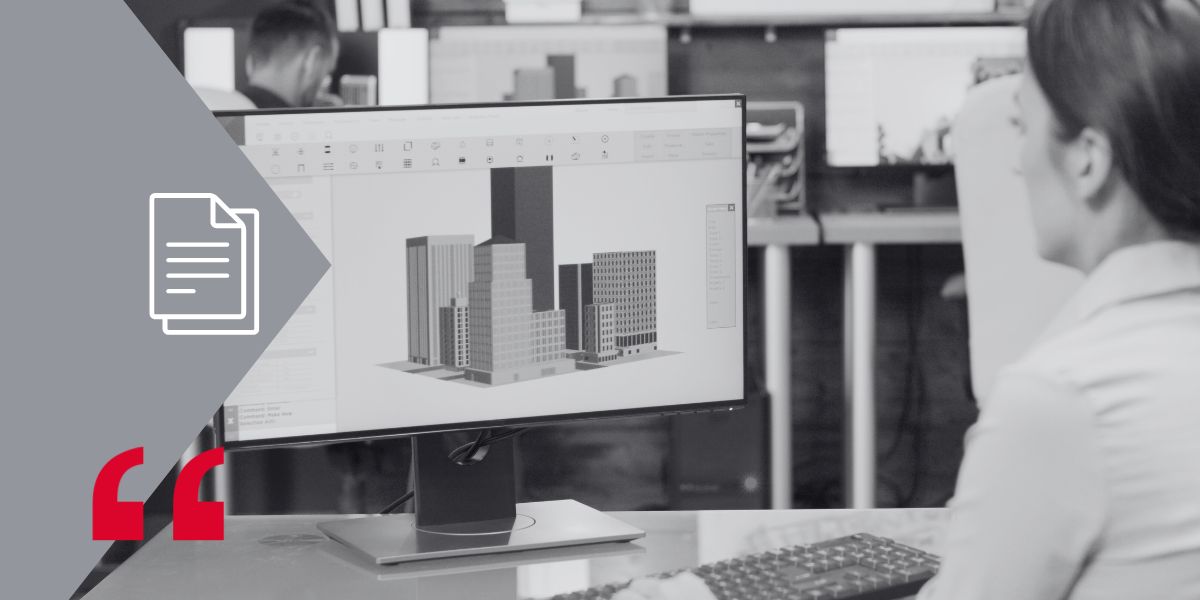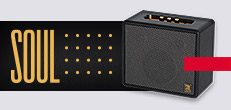In the construction and design industry, BIM (Building Information Modeling) files have become an essential tool. BIM files for speakers allow the creation of detailed digital models that include precise and relevant information about the different components of a building where the equipment is to be installed, as well as data about the speakers themselves. In this article, we will explore the importance of BIM files for speakers and the types of data they work with to improve project efficiency and accuracy.
Types of data in BIM files for speakers
BIM files for speakers contain a variety of data essential for the planning, design, installation, and maintenance of sound systems in buildings. Below are the main types of data they include:
1. Geometric data
Geometric data in BIM files for speakers provide accurate three-dimensional representations of the speakers. This includes information on the size, shape, and exact position of the speakers in space. By using this data, designers can ensure that the speakers integrate harmoniously with other building elements, avoiding interference and ensuring optimal sound coverage. Additionally, geometric data allows for simulations and visualizations that help anticipate and resolve potential conflicts during the design phase.
Geometric modeling can also include details about the construction materials of the speakers, such as the casing, grilles, and internal components. These details can influence acoustic performance and interaction with other architectural elements. For example, materials used in nearby walls and ceilings can affect sound propagation and the overall acoustics of the space. Accuracy in geometric data in BIM files for speakers is crucial to ensure that the speakers are positioned optimally and that their installation does not interfere with other building systems or structures.
2. Technical specifications
Technical specifications are fundamental to ensuring that the speakers meet the project requirements. This data includes details on the speakers’ power, frequency response, directivity, sensitivity, and other acoustic parameters. Sound engineers use this information from BIM files for speakers to select the appropriate speakers and optimize the system’s acoustic performance. Additionally, technical specifications help compare different speaker models and make informed decisions about their use.
Technical specifications can also include information on the speakers’ impedance, total harmonic distortion (THD), maximum and continuous power handling, and sound dispersion characteristics. These details allow audio professionals to design systems that provide optimal sound quality in various conditions and environments. Correct interpretation of these specifications in BIM files for speakers is vital to avoid issues such as distortion, sound quality loss, or even speaker damage due to improper use.
3. Connection and wiring data
Information about connections and wiring is crucial for the correct installation of the speakers. BIM files for speakers include details on recommended cable types, wiring routes within the building, and necessary connection points. This data allows for efficient and orderly installation planning, minimizing the risk of errors and ensuring that all components of the sound system are properly connected. Additionally, good wiring planning facilitates future modifications or system expansions.
Connection and wiring data also cover the interfaces of the speakers with other audio and control systems, such as amplifiers, signal processors, and building automation systems. This includes details on the connectors used, communication protocols (such as Dante, AES67, or AVB), and considerations for electromagnetic interference protection. Accurate documentation of these connections in BIM files for speakers is essential to ensure system compatibility and functionality and to avoid integration issues that may arise during installation or maintenance.
4. Manufacturer and model information
BIM files for speakers also contain information about the manufacturers and specific models of the speakers. This information includes the manufacturer’s specification sheets, installation instructions, quality certifications, and other relevant documents. Access to this data facilitates project management by enabling accurate orders, coordinating with suppliers, and ensuring that the speakers meet the required quality standards. Additionally, knowing the exact models of the speakers helps maintain consistency and compatibility throughout the sound system.
Manufacturer and model information can also include data on spare part availability, customization options, and technical support. This is especially useful in long-term projects where the continuity and maintenance of the sound system are critical. The ability to quickly track and access information about specific components and their suppliers helps minimize downtime and ensures that any repairs or upgrades are carried out efficiently and effectively.
BIM files for speakers can also include information about product warranties and claim procedures in case of defects or failures. This is crucial to ensure that projects meet quality standards and that any issues are resolved quickly. Additionally, having detailed information about manufacturers and models allows designers and contractors to compare different products and select those that offer the best value for money and the most reliable technical support.
5. Maintenance data
Finally, BIM files for speakers include data related to speaker maintenance. This data covers instructions for preventive maintenance, guidelines for component repair and replacement, and historical maintenance records. Having this information is invaluable to ensure that sound systems remain in optimal condition over time. Proper maintenance not only extends the lifespan of the speakers but also ensures consistent, high-quality performance.
Maintenance data can also include information on calibrating and adjusting the speakers to maintain optimal performance. This may involve specific procedures for adjusting sound levels, equalization, and other acoustic parameters in response to environmental changes or natural component wear. Additionally, historical maintenance records allow technicians to track recurring problems and develop proactive strategies to avoid future failures, thus improving the sound system’s reliability and durability.
Data integration in BIM files for speakers
Data integration in BIM files for speakers is a fundamental aspect of efficient construction and design project management. BIM files for speakers allow centralizing and coordinating all relevant information about the speakers, facilitating collaboration between different teams and professionals involved in the project.
One of the main benefits of data integration is the ability to combine information from various sources into a single coherent model. This includes architectural design data, structural engineering, electrical systems, and other building elements. By integrating this data, BIM files for speakers provide a holistic view of the project, allowing for identifying and resolving potential conflicts before they become costly problems during construction.
Additionally, data integration in BIM files for speakers facilitates updating and maintaining information throughout the project lifecycle. Changes in design, specifications, or site conditions can be quickly reflected in the BIM model, ensuring that all teams work with the most up-to-date and accurate information. This reduces the likelihood of errors and rework, improving efficiency and reducing costs.
Data integration also enables advanced analyses and simulations that enhance decision-making. For example, audio professionals can use integrated BIM models to perform acoustic simulations, evaluate speaker performance in different scenarios, and optimize their placement and configuration. Similarly, electrical engineers can analyze wiring routes and electrical loads to ensure that the sound system operates efficiently and safely.
Conclusion
BIM files for speakers are an essential tool in construction and design projects. They work with a variety of data, from geometry and technical specifications to connection and maintenance information. Integrating this data into a centralized BIM model improves accuracy and efficiency during the design and installation phases, providing long-term benefits in terms of maintenance and management. By adopting the use of BIM files for speakers, industry professionals can ensure that their sound projects are successful and sustainable.





